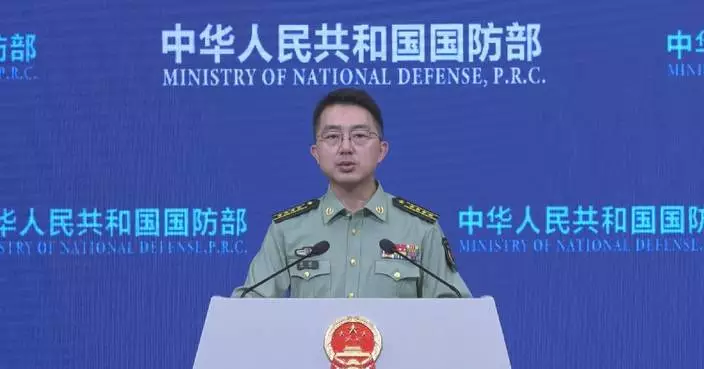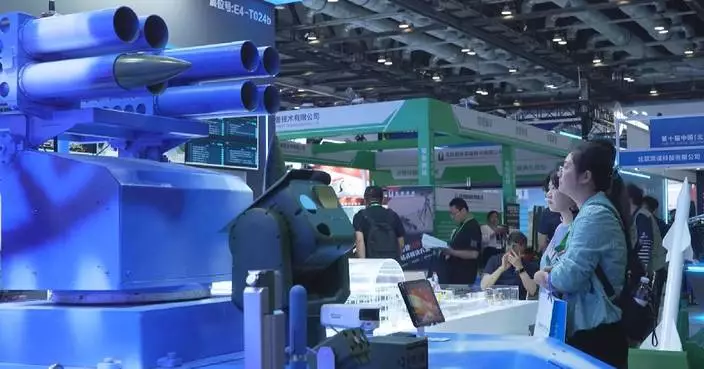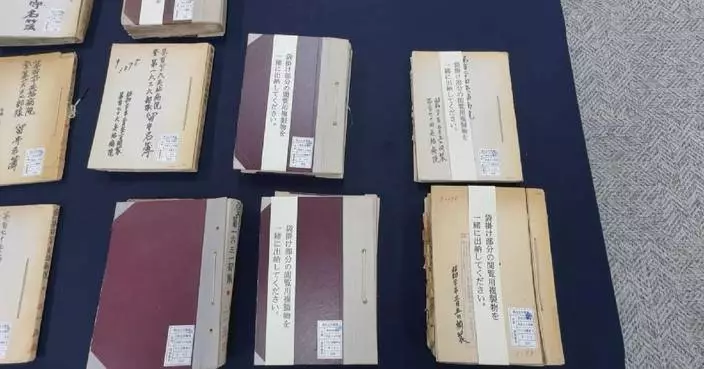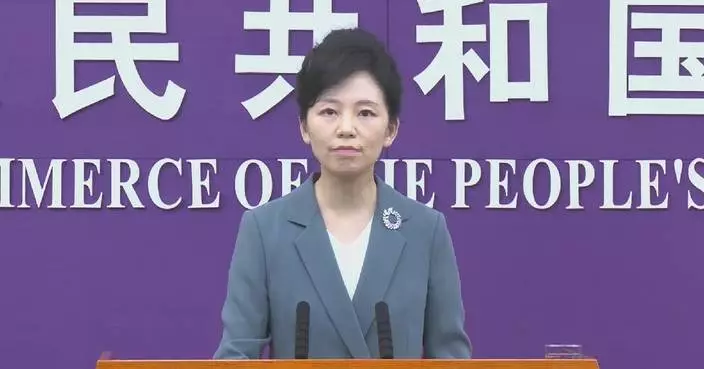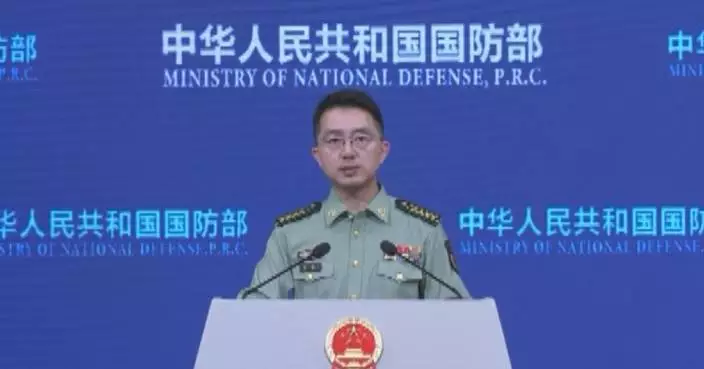Local authorities across China are using their unique resources to continuously create new cultural and tourism experiences, attracting visitors for sightseeing and recreation.
The tourism department in north China's Hebei Province started a Hong Kong-Hebei cultural tourism week, launching a series of events in Hong Kong, including artistic performances and demonstrations of intangible cultural heritage.
The activities are aimed to provide the residents of the Hong Kong Special Administrative Region (SAR) with a deeper understanding of the charm of Hebei's culture and tourism.
"Today, I am very excited to be in Hong Kong. I brought these exhibits to allow residents of Hong Kong to experience traditional culture, which makes me feel very proud," said Ma Fuliang, a filigree inlay artist, also a national intangible cultural heritage (ICH) bearer.
"I have heard that the ancient town of Zhengding is very beautiful. I would like to go and see it," said a Hong Kong resident.
Leveraging its ice and snow resources, northeast China's Heilongjiang Province has combined sports events with ice and snow tourist attractions and hosted an ice marathon on Wednesday, the first day of 2025, attracting over 2,000 marathon enthusiasts from across the country.
At the same time, a self-driving event was launched on Saturday in Xilingol League of Inner Mongolia in north China, bringing together thousands of vehicles from across the nation.
During the opening ceremony, parade formations and artistic performances were presented to offer a visual feast for the spectators.
"This is our second year coming here, and we are participating in the second race. It has been very enjoyable," said Guo Junke, a participant from Beijing.
Up to date, Xilingol League has received over one million visitors from across the country this winter.

Cultural, tourism events across China spark consumption growth
Many Chinese logistics companies are ramping up their shipments for the U.S. market following the latest round of mutual tariff adjustments between China and the United States.
China and the United States announced in Geneva on Monday a series of tariff modification measures aimed at easing trade tensions between the world's two largest economies.
The decision followed a two-day China-U.S. high-level meeting on economic and trade affairs, where both sides recognized the importance of their bilateral economic and trade relationship to both countries and the global economy, a joint statement said, noting that both sides emphasized the need for a sustainable, long-term and mutually beneficial economic and trade relationship.
The latest measures have driven up the businesses of shipping companies in Shenzhen City, in south China's Guangdong Province.
In a freight forwarding company in Shenzhen, the manager said that U.S. clients are experiencing shortages of supplies and are pressuring them to expedite shipments on the next available vessels. The staff members are busy organizing export release documents, with stacks of paperwork for shipments to ports in Los Angeles, New York, and Chicago.
"Since the afternoon of May 12, our shipment volume has increased by 40 percent. By June, it should at least be doubled compared to now," said Fu Shengying, deputy general manager of Guangdong Branch of WorldEx Group.
Fuwei Community in Bao'an District, Shenzhen, is an important hub for cross-border e-commerce logistics. Recent data shows that the average daily export shipment volume here has increased by 14 percent over the past three days compared to May 11.
In another logistics company specializing in cross-border e-commerce, orders from U.S. clients have also surged. According to the company, these clients are facing low inventory and need to restock immediately. Over the past few days, the company has received more orders than during the same period in the previous years.
The company manager noted that the surge in order volume has led to increased demand for container ships. Consequently, some shipping companies are starting to adjust their capacity allocation on a global scale.
"Many shipowners had previously adjusted their capacity, but now that a large volume of cargo is suddenly coming in, there is a shortage of capacity. Consequently, freight rates are rising rapidly. Despite this, many clients are still very eager to ship their goods," said Luo Rong, general manager of Shenzhen Branch of Dewell Group.
Yantian Port in Shenzhen is the busiest shipping hub in South China for routes between China and the United States, handling over a quarter of the country's exports to the United States. To meet the surge in demand from U.S. clients, Yantian Port is now scheduling six daily sailings to the United States.
The port staff said that they have recently received inquiries from several shipping companies and are coordinating berth arrangements and schedules. They are prioritizing vessels for U.S. routes at Yantian Port.
Summer is the traditional Christmas ordering season in the United States, and due to previous export suspensions, American sellers' inventories have been declining and urgently need restocking. As a result, demand for Chinese goods is expected to keep rising in the near future.

Chinese logistics enterprises ramp up shipments after China-US tariff adjustment














